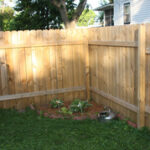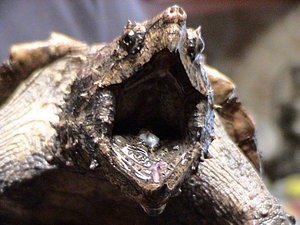Roses are one of the most beautiful flowers on the plant. They can come in different colors, like lavender, red, and pink. Keeping your roses lushes and alive sometimes can seem difficult, especially when they catch a disease. Roses seem to be affect by diseases more often than any other flower.
When I started my own rose garden, I figured it would be like any other flower garden. I planted them around the side of my house, where my white fence was, plenty of sunlight, and a great spot for my roses. About three years after I planted them, I started noticing different colors appearing on the leaves. So I looked up information about roses and this yellowish color that was forming on them, and sure enough I found out that I had Blackspot. What is Blackspot? Have you ever seen leaves on your rose bushes start to turn a little yellow, and after a few days they look as if the leaves have died and are starting to fall off. That is what blackspot is. Blackspot usually starts when the weather is wet and humid. In less than 8 hours, your rose’s leaves can turn from luscious green to an ugly yellow. That is what started to happen to me.
I did a little investigating and found out that this is curable. While reading up on rose bush diseases, this is what I found out. There are many rose bush diseases out there, but the most common diseases are Mildew, Rust, and Blackspot (what I had). Here are a few things that I have found out about these three diseases, what you can do if your roses are affected, and how to prevent them.
If your roses have been affected by Blackspot, try pruning it, by taking all the leaves that seem to be affected. Throw these away, as the disease can be transferred to other plants as well. For a home remedy, try using baking soda, water, and dish soap. Most often than not, the home remedies work just as well as the products you buy on the market.
To prevent this from occurring, try hard not to wet leaves while watering. Water in the morning so that any leaves that do get wet, can dry up during the daylight. Use a fungicidal soap, like Soap-Shield – Flowable Liquid Copper Fungicide, and a sulphur like, , in the early spring to prevent any growth of fungus.
Mildew
Just like it sounds, mildew appears on the leaves and foliage of a rose bush. It looks like a white powdery film is laying on top, just like in your shower. Once it affects any leaves, it begins to spread to all areas of the rose bush, including stems. Moisture is the number one cause of this disease. Overcrowding, damp or shaded gardens are more susceptible to this diseases, because there is less air circulation. Plants that have little sunlight, no calcium enriched soils, and are not water at the roots often are also susceptible to this disease.
If you notice that your roses have been affected by Mildew, first try to take off any severely damaged leaves first, and throw them away, since these can transfer to other plants if not disposed of properly. Then try using a baking soda spay, that contains baking soda, vegetable oil, vinegar, Listerine, water, and soap. For the complete recipes for Baking Soda Spray, visit www.rosemagazine.com/articles02/pages/mildew.asp.
The easiest ways to prevent Mildew is make sure the roses are not overcrowded, water at the roots in the mornings, and try to keep leaves dry at night. Pruning your rose bushes often will also help with air circulation to keep the leaves and foliage dry.
Rust
This is an orange and red spot that look like a wart, and grows under the leaves in multiples. The tops of the leaves will turn a yellow color, as it starts to die. Like Mildew and Blackspot, rust occurs during moist conditions. This disease can be carried by insects, wind, and rain, and can kill your whole rose garden. That is why it is very important to keep an eye out for rust. This rose disease can spread fast, and can take out all the roses you have worked so hard to keep.
Clipping off any leaves that are affected by rust as soon as you see it should be your number one duty. Then you can use a wettable sulphur or a fungicidal soap. Leaving the affected leaves on the rose bushes can be devastating, and also harmful to any plants in the area.
To prevent rust there is no water laying in one spot. Since moisture and water cause this disease and also spreads it, make sure there is plenty of space between the roses to provide good air circulation.
In all three cases, the most important issues are moisture, air circulation, and care. Making sure your rose bushes grow beautiful all depends on you. You making sure that they have what they need, like sunlight, watered roots, and plenty of air.
Sources:
www.rosemagazine.com, Rose Magazine






